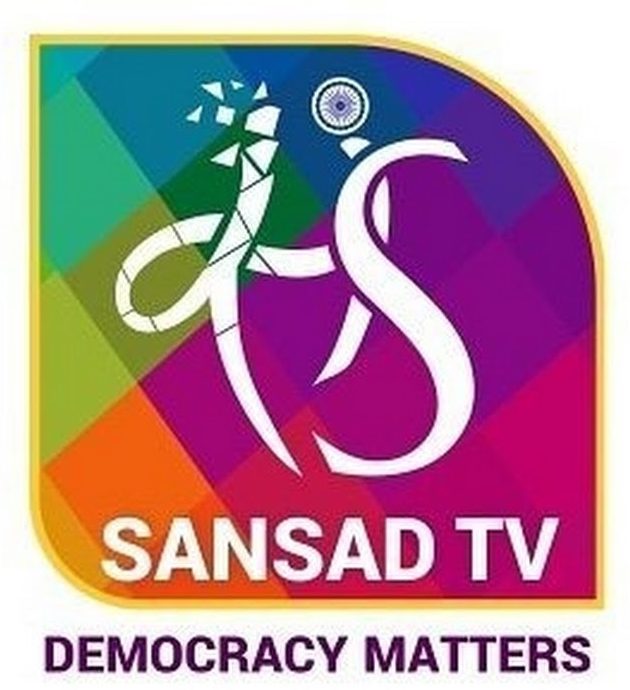[ad_1]
- The Government of India in partnership with States is implementing Jal Jeevan Mission (JJM) to make provision of tap water supply to every rural household by 2024.
- On 15thAugust 2019, when Prime Minister announced Jal Jeevan Mission from the ramparts of Red Fort, only 3.23 Crore (17%) rural households out of a total of 19.35 Crore rural households had access to tap water supply in their households.
- India has resolved to make provision for tap water supply in the remaining 16.12 Crore families by 2024. As on 21stDecember 2022, more than 10.76 Crore (55.62 %) of rural households are being provided with tap water connection in adequate quantity, of prescribed quality on regular basis.
- Four States namely Goa, Telangana, Gujarat, and Haryana and 3 Union Territories of Puducherry, Daman & Diu and Dadra & Nagar Haveli and Andaman & Nicobar Islands, reported as Har Ghar Jal, i.e. every rural household has provision of tap water supply.
- Punjab (99.93%), Himachal Pradesh (97.17%) and Bihar (95.76%) are on the verge of becoming ‘Har Ghar Jal’.
- JJM aims to build the capacity of people to support and working as masons, mechanics, plumbers, pump operators, technicians, utility managers, and water testing laboratory in-charge.
- With major infrastructure development taking place across the country a lot of employment opportunities are getting generated at all levels for skilled, semi-skilled, and unskilled labour force.
- Local people were trained as masons, plumbers, pump operators, motor mechanics, electricians, and fitters.
- Jal Jeevan Mission focuses on various technologies for the community-led implementation of
- source sustainability measures such as aquifer recharge, rainwater harvesting, increased storage capacity of water bodies, reservoirs, de-silting, etc. to improve the lifespan of water supply systems
- water budgeting and audits
- operation and maintenance
- grey water management
- water quality monitoring and surveillance
- pre-positioned emergency water supply kits to provide transitional services in camps
- solar based water supply schemes using solar energy are steps intended to reduce the carbon footprints
Current Scenario of water supply in rural areas:
- For many years, the central and state governments have been making efforts to increase access to safe and adequate drinking water.
- The provision of a basic quantity of drinking water in rural India has been achieved through hand pumps, dug wells, household water supply (HWS), etc.
- Thus, while states like Sikkim managed to achieve high levels of HWS, a relatively low percentage of rural Indian households have access to this.
Challenges faced:
- In rural drinking water service delivery, there is inadequate attention given to taking measures to sustain the source of the water, in most cases groundwater is a challenge.
- This proposed mission will make source sustainability measures mandatory prior to pumping and distributing water to households.
- Another issue with the traditional approach to service delivery was that the provision of drinking water was viewed primarily as an engineering solution, with schemes being planned and executed by the public health and engineering departments.
- However, water is an ideal sector for the applicability of the principle of subsidiarity, performing only those tasks which cannot be performed effectively at a more immediate or local level.
Jal Jeevan mission – a solution:
- With adequate capacity building and training, water can be most efficiently managed at the lowest appropriate level.
- Adopting this principle, the Jal Jeevan Mission’s first preference will be to have community-managed single village ground water-based schemes, wherever sufficient quantity and good quality of groundwater exists.
- Wherever adequate quantity of safe groundwater is not present, or where it may be technically not feasible to have single-village schemes, surface water-based multi-village schemes will be promoted.
- Further, in some remote regions, where it may not be techno-economically feasible to have household water supply schemes, local innovations, such as solar-based schemes will be encouraged.
- It is not commonly known that household waste water from HWS amounts to about 75% of the amount of water supplied.
- With the rural households to get HWS under the proposed mission, huge quantities of household waste water will be generated across the country, therefore making its effective management critical.
- There is a plan to include a mandatory provision under the mission for the effective channelling and treatment of household waste water, through appropriate and low cost drainage and treatment systems.
- Once appropriately treated, this waste water can be used for both recharge of groundwater as well as for irrigation purposes.
Way forward:
- An extensive information, education and communication will be needed to create a people’s movement for water management.
- The ongoing Jal Shakti Abhiyan will help in creating awareness about the importance of integrating source sustainability and water reuse.
- This integrated approach to decentralised, community managed, and sustainable water management is the backbone of the government’s plan to ensure that every household gets the benefits of water supply.
Conclusion:
The Jal Jeevan Mission will be a major step towards improving our people’s ease of living and meeting their aspirations of a New India.
[ad_2]


